
Our Swedish friend, Joel Skoghäll once again has provided us with some material for the blog that we’re very happy share. This time, a cripple-version of one of the most famous American dry flies, the classic Adams. The fly is a old one – from 1922, where Michigan fly tyer Leonard Halladay tied it on the request of his friend, Charles F. Adams. The classic Adams is a traditionally hackled dry fly with upright, hackle-tip wings. A parachute-version is a well known variation and here, Joel presents a crippled merger version.
I’ll give the word to Joel:

The original Adams and the parachute Adams are unquestionable some of the most famous fly patterns out there and that’s for a good reason. However, sometimes we just need to fish cripples because it’s easy food for trout, they like struggling insects. If you want you can also trim the underside of the hackle which makes this fly sits lower in the surface and it can make the difference between a mediocre day (are there even any mediocre fishing days? Not in my book) and a great day. Here’s how I tie the crippled Adams. Enjoy.
The Adams:
Hook: Ahrex FW502 size 14
Thread: Danville 6/0
Tail: Moose Mane Body Hair
Abdomen: Superfine Dubbing, Adams color
Hackle: Whiting Farms Grizzly and Brown rooster saddle
Wing: CDC Dun colored
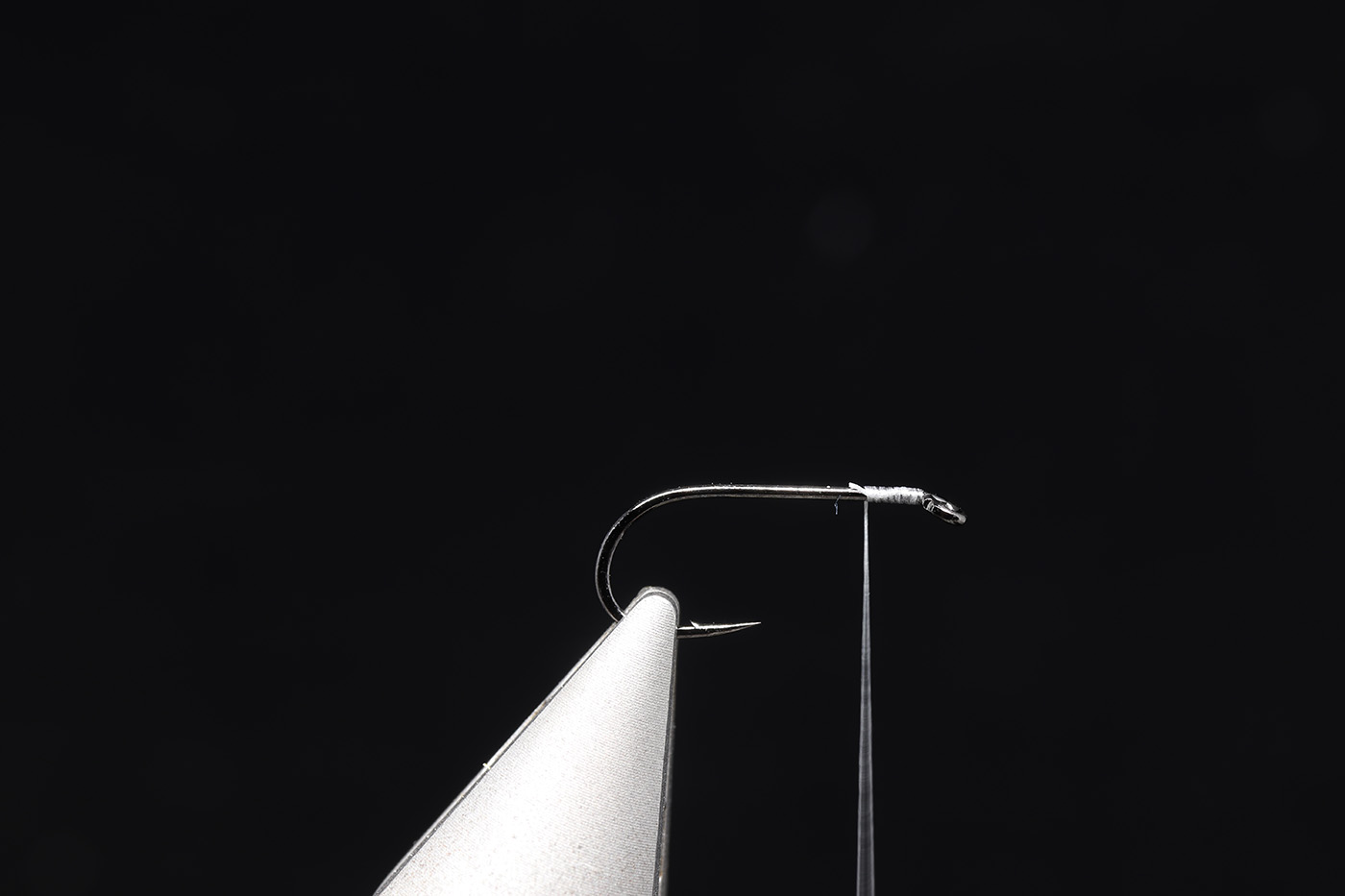
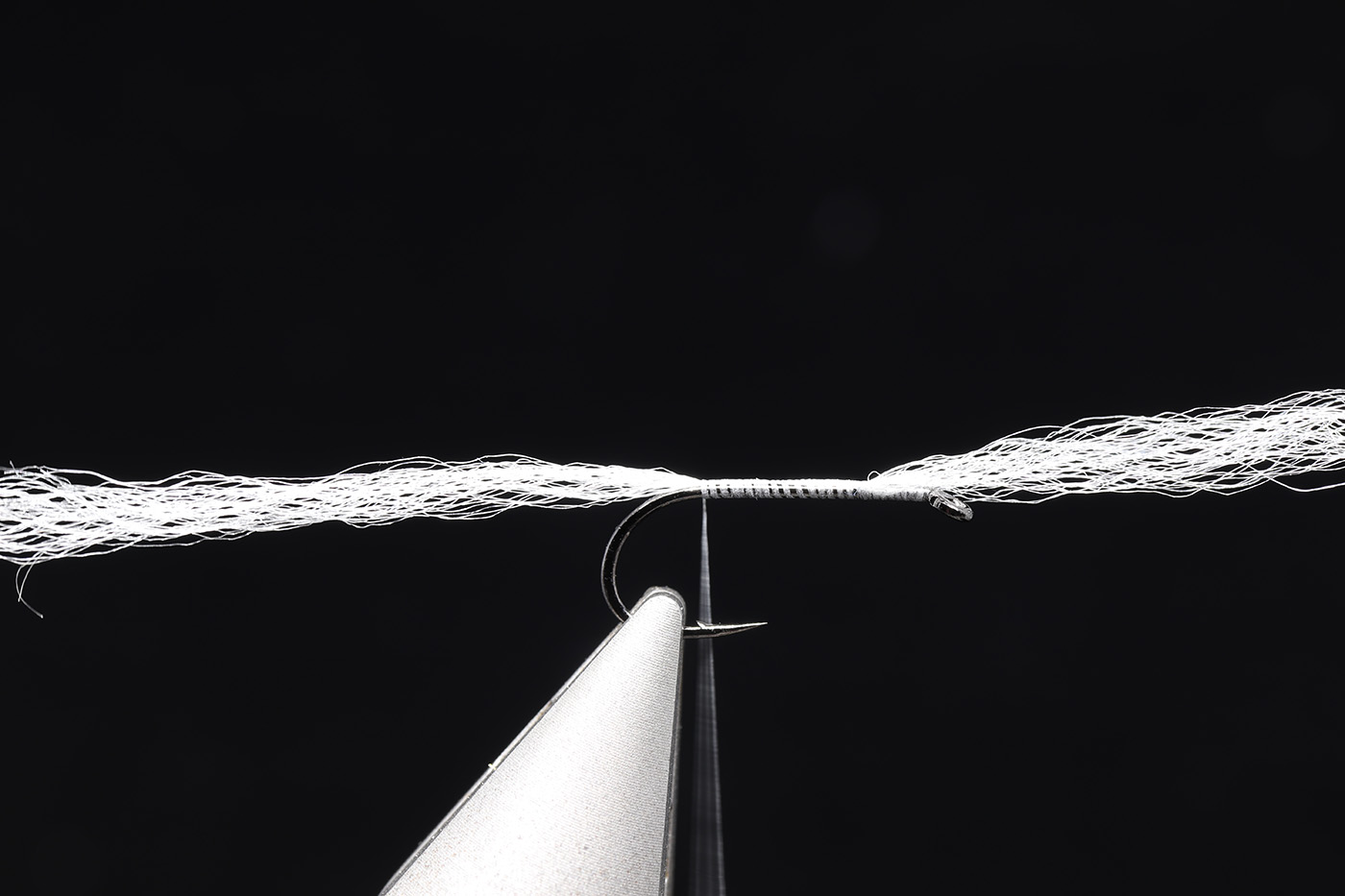
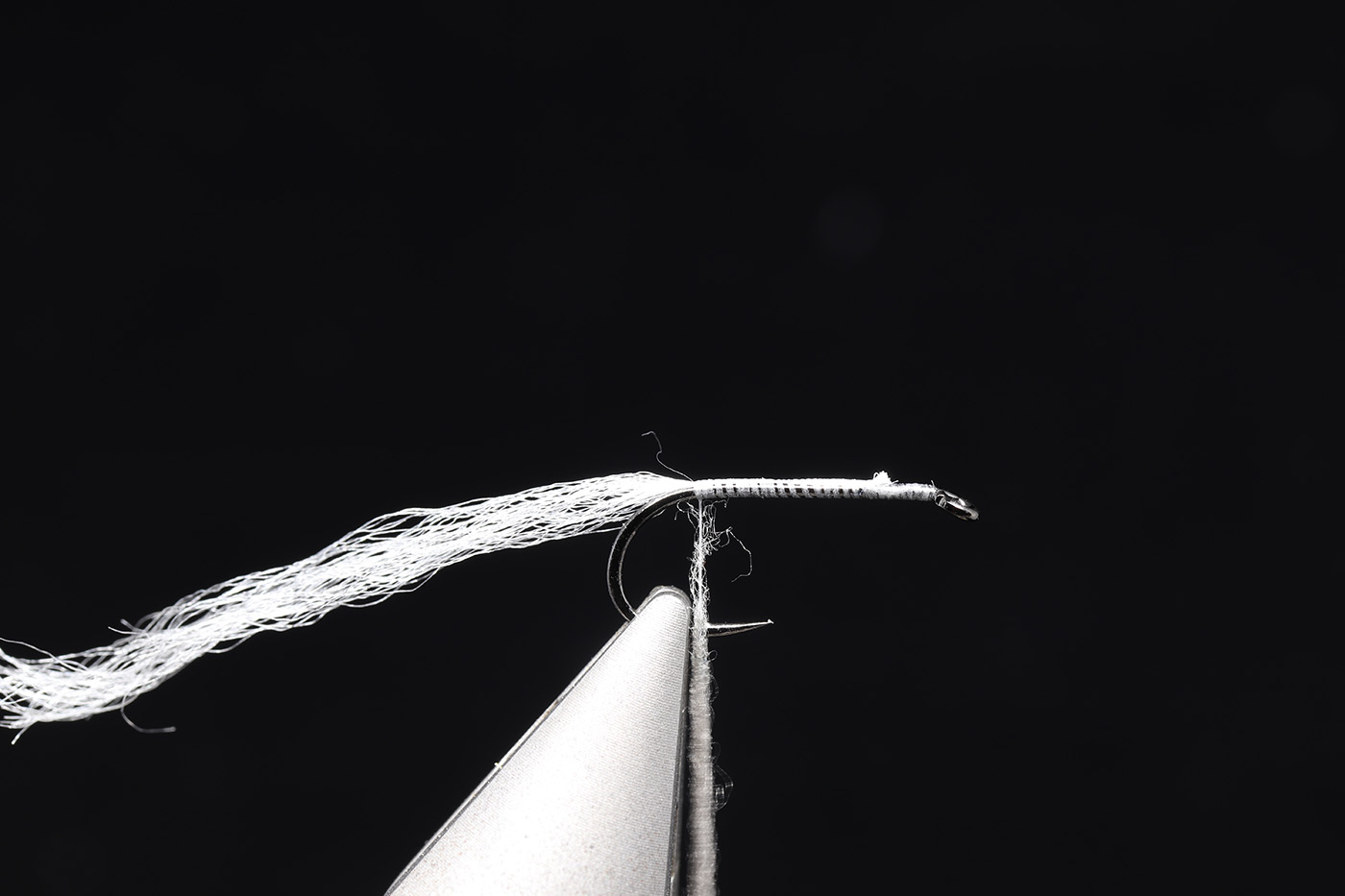
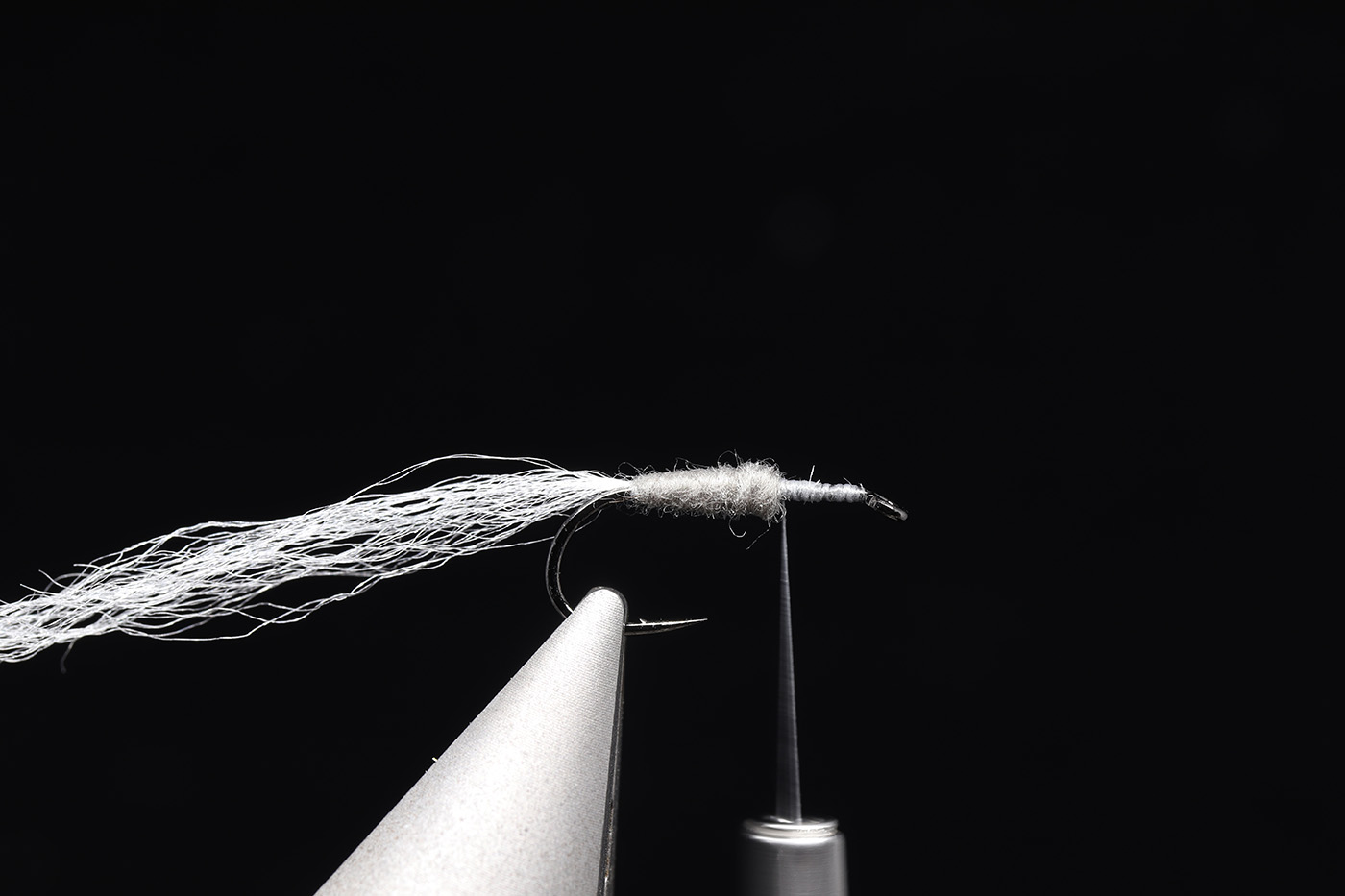

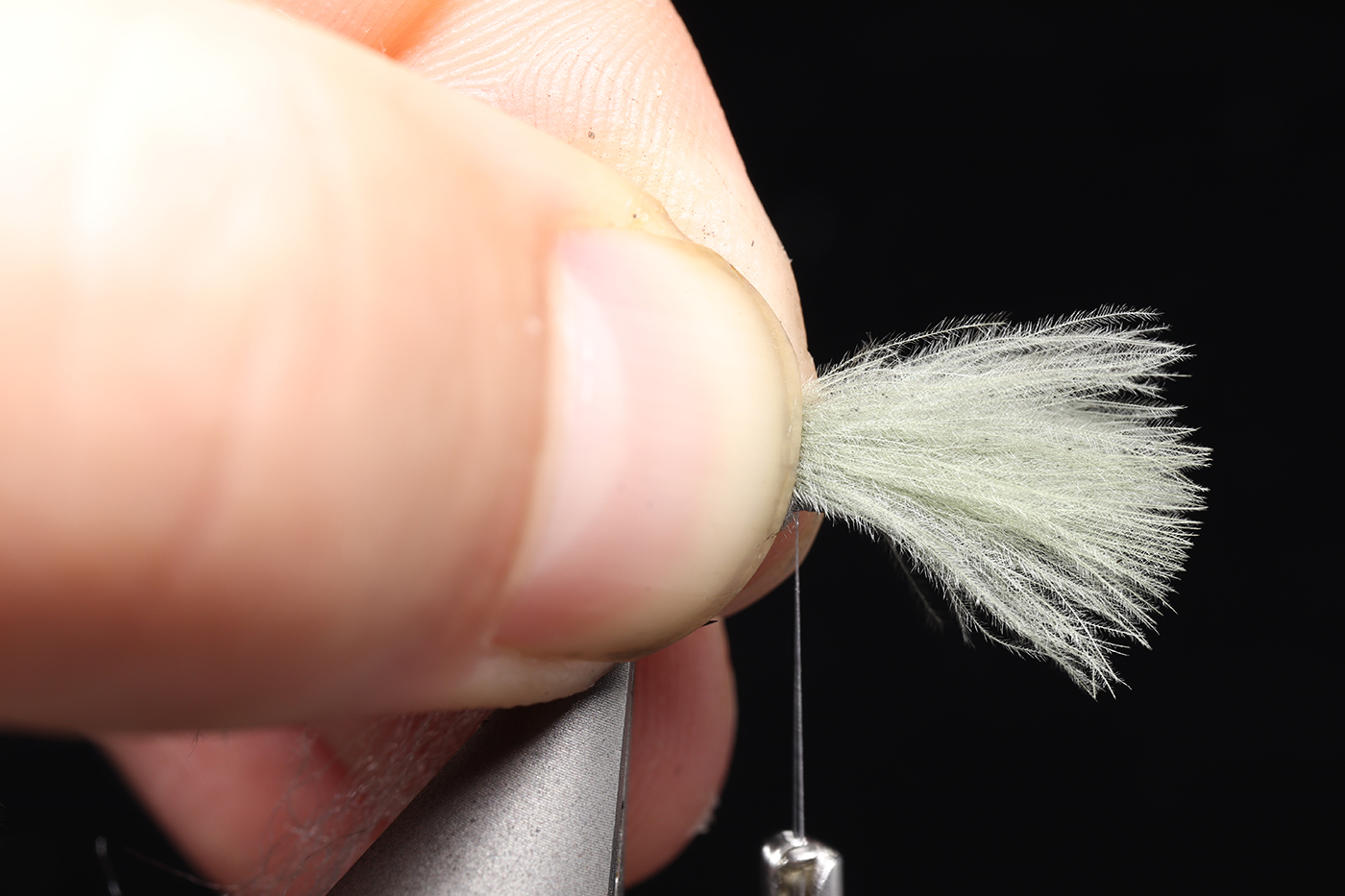
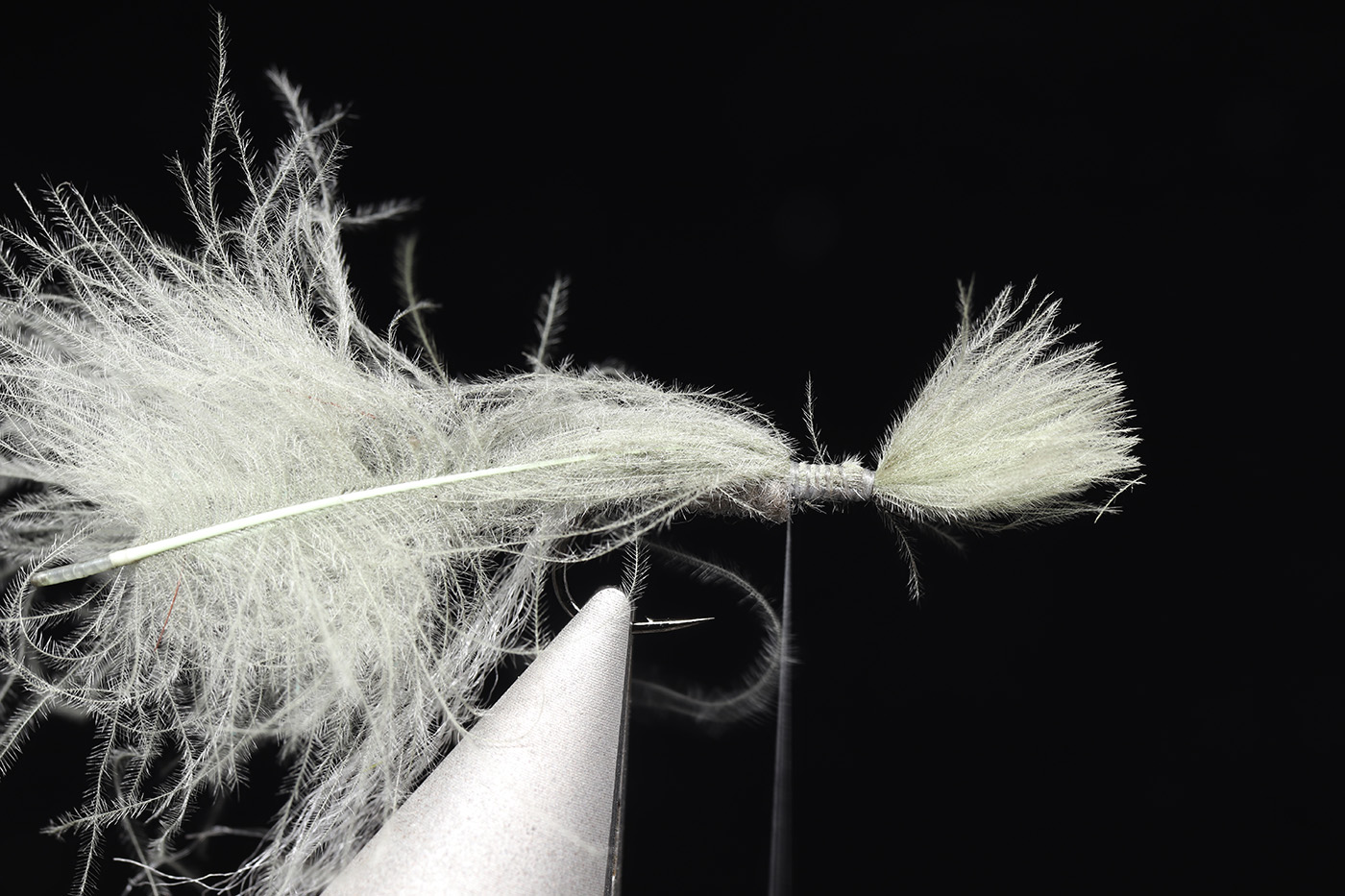

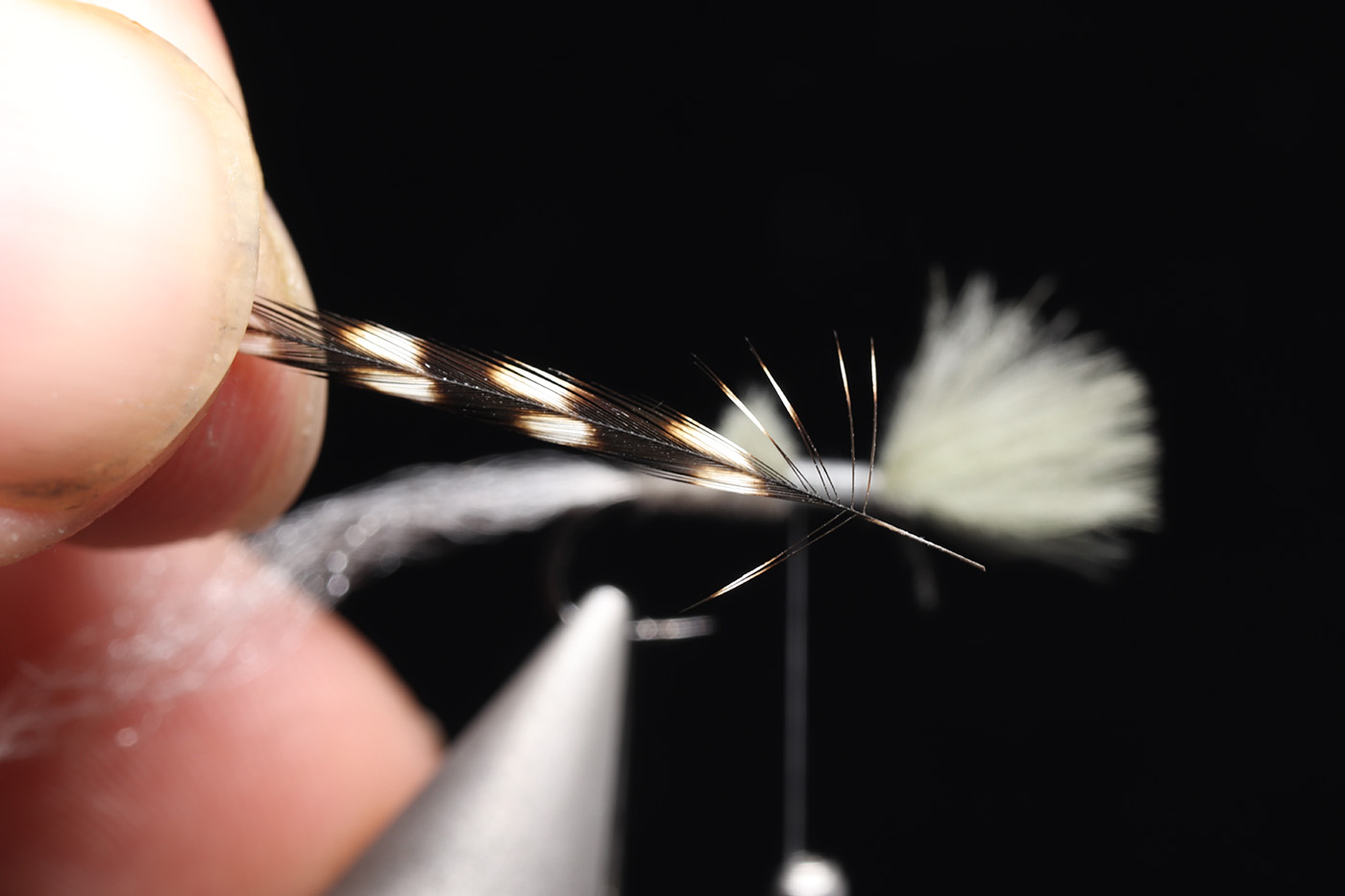

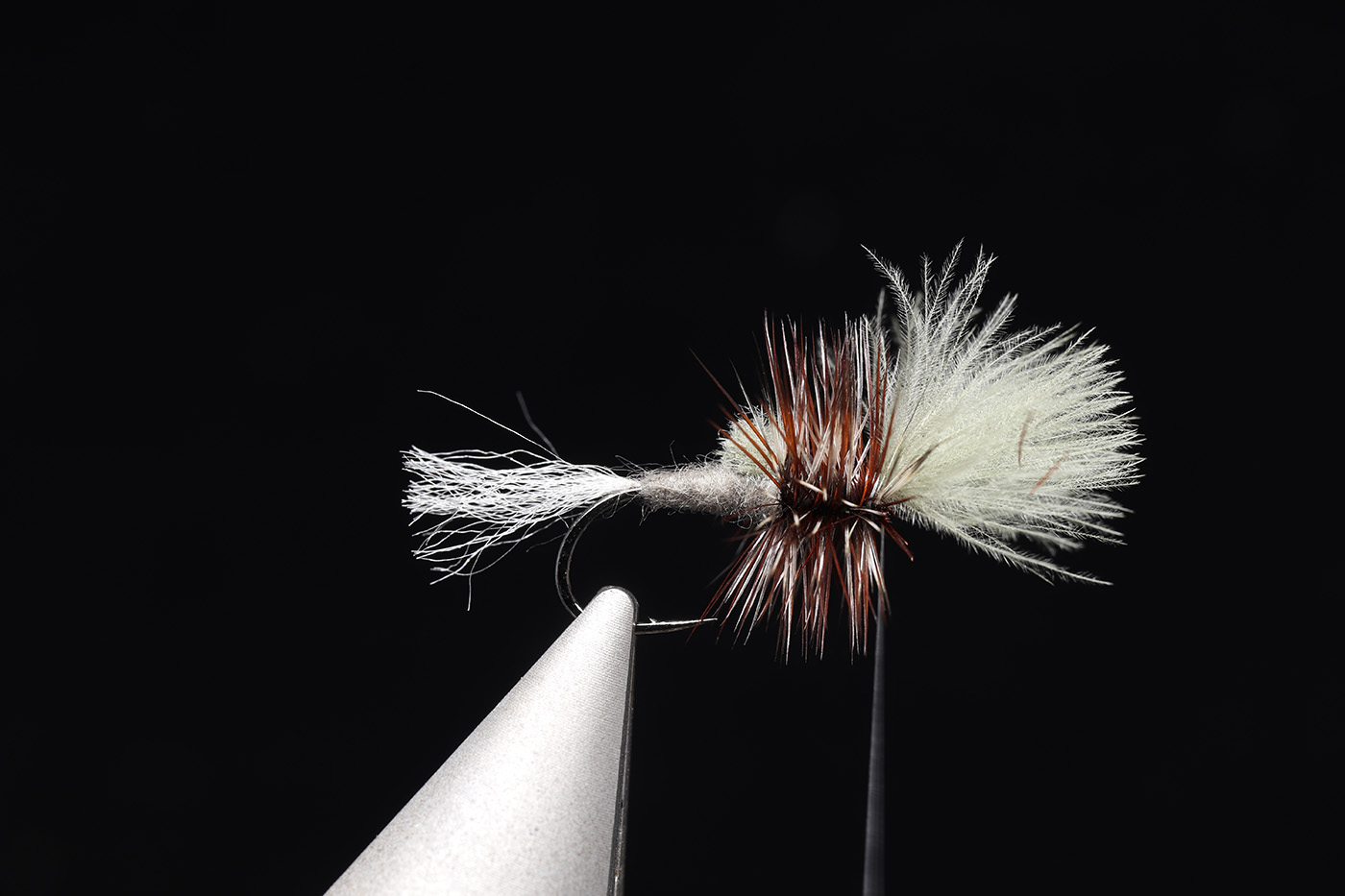
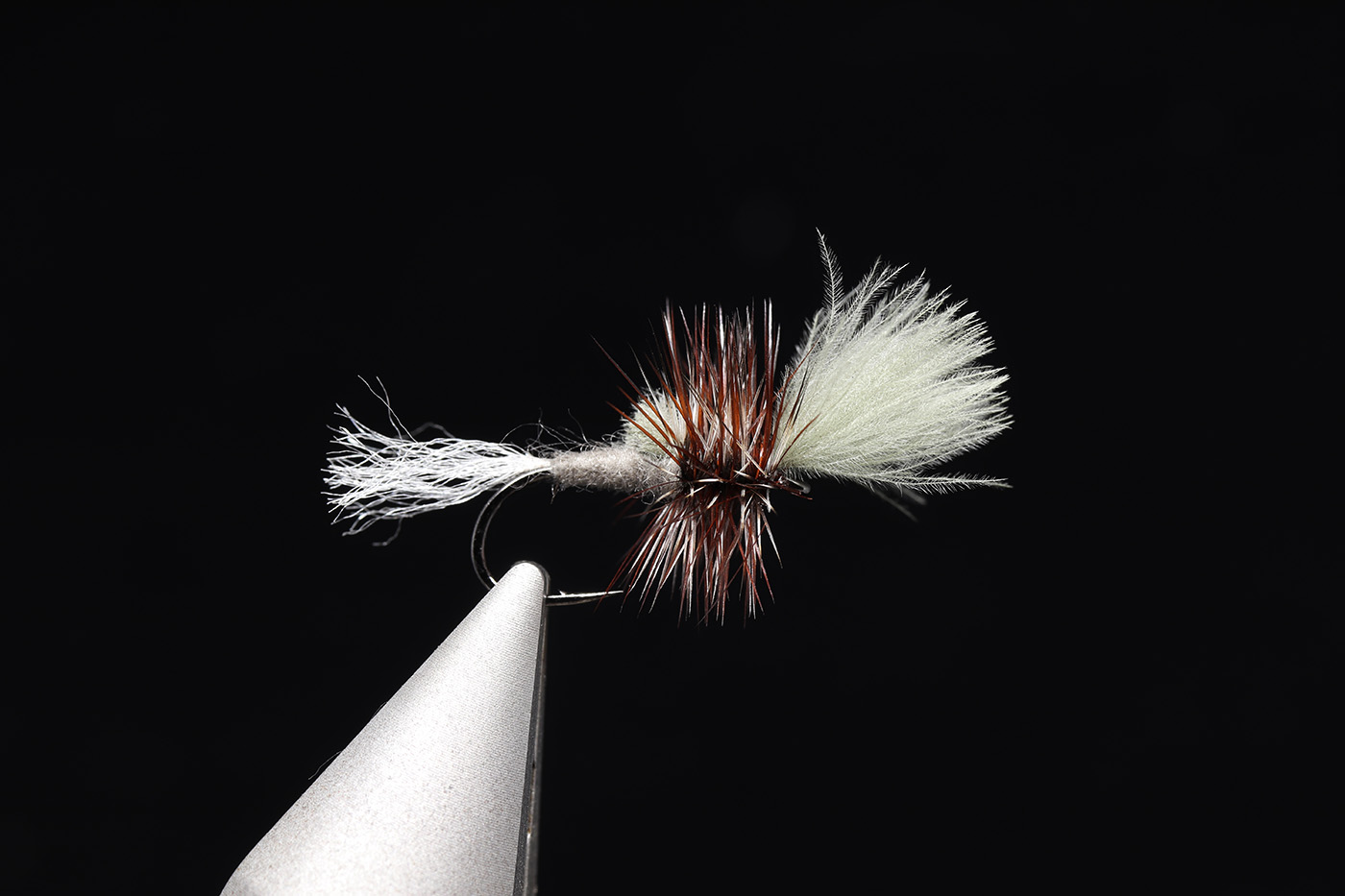
Thank you, Joel, for sharing this with us!
Follow Joel on Facebook, Instagram, Youtube and his website Habitats Fly Fishing.
